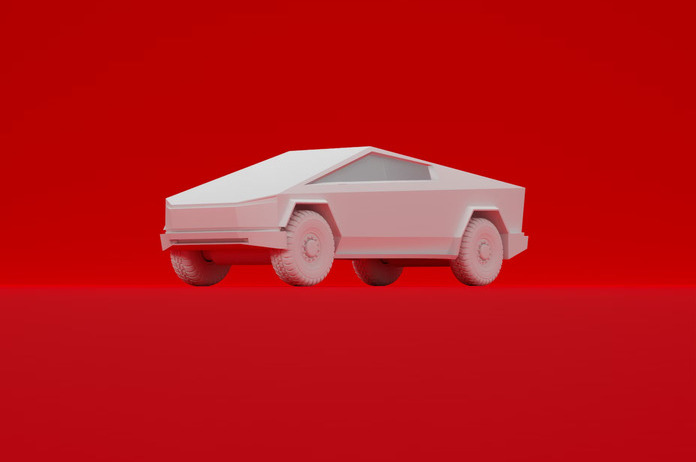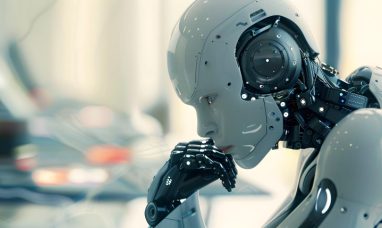Elon Musk famously stated that prototypes are easy, but production is hell. For Tesla’s (NASDAQ:TSLA) long-anticipated Cybertruck, the production nightmare revolves around its cutting-edge 4680 battery. While the first of these futuristic stainless steel-plated electric pickups was delivered last month, Tesla is far from achieving the annual production rate of a quarter of a million vehicles by 2025, as predicted by Musk.
The primary bottleneck lies in the speed at which Tesla can manufacture the 4680 batteries using its new dry-coating technology, according to sources familiar with the matter. The Giga Texas factory, Tesla’s production hub, is currently producing 4680 battery cells at a rate sufficient to power only about 24,000 Cybertrucks per year, a mere fraction of the required output.
The dry-coating process was a pivotal element in Tesla’s ambitious plans to reduce battery costs and create more sustainable, efficient factories. However, the sources, speaking on the condition of anonymity due to the sensitivity of the matter, reveal that Tesla has yet to successfully implement dry-coating at an industrial scale for the 4680 batteries. While dry-coating the anode is not problematic, challenges arise when applying the same technique to the cathode, the most expensive component in a battery.
According to battery technology consultant Yuan Gao, dry-coating has been proven successful in laboratories and for smaller energy storage devices. However, Tesla is the first to attempt commercializing this process for large electric vehicle batteries at a mass scale and high speed. The difficulty lies in scaling up the process, increasing speed, and developing the necessary equipment and tools.
The 4680 batteries for the Cybertruck consist of approximately 1,360 individual cells, requiring Tesla to manufacture almost a million cells daily to reach an annual production target of 250,000 electric pickups. Currently, Tesla’s Austin factory takes about 16 weeks to produce 10 million 4680 cells, translating to just under 24,000 pickups per year. This is a significant shortfall, considering Tesla’s plans to use the 4680 batteries in other vehicles, including a $25,000 small car expected to launch by the mid-2020s.
While Tesla’s battery tsar Drew Baglino mentioned progress in 4680 production, challenges persist. Replicating established know-how from one production line to the next is complex, with potential scrap rates rising during the initial stages of new lines. Issues with mixing cathode materials, challenges in the coating process, and the need for a new quality verification system contribute to Tesla’s ongoing struggle to meet its ambitious production targets for the Cybertruck.
Featured Image: Unsplash















